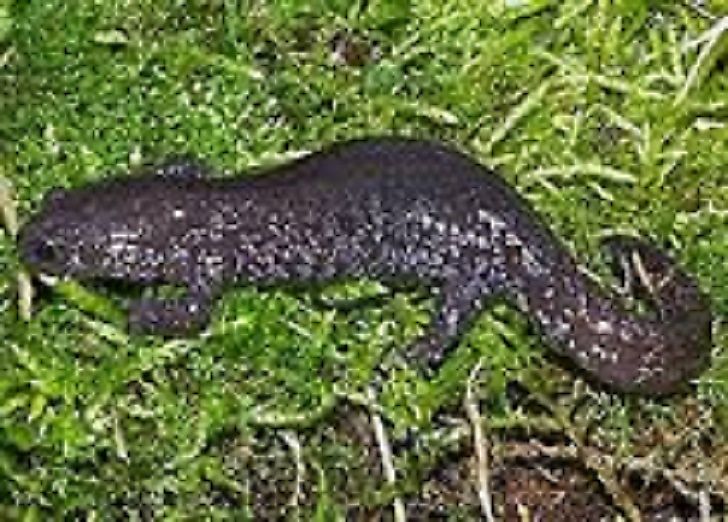Native Amphibians Of China

China, an East Asian country, covers an area of 3,705,407 square miles. Within this large area are several different ecosystems and habitats that are critical to plant and animal life. Because of these varying ecosystems, the country is rich in animal biodiversity. Three regions in particular are believed to house a large variety of amphibians. Namely, these are the Nanling, Wuyi, and Hengduan Mountains. This article takes a look at some of the amphibians that can be found in China.
Native Amphibians of China
Zhenhai Brown Frog
The Zhenhai brown frog is endemic to tropical and subtropical habitats of Southeast China. These include moist lowland forests, moist montane forests, dry lowland savannas, and freshwater marshes and ponds. It is brown in color with darker brown ear patches. A common species, it is often sighted in irrigated agricultural lands during breeding season. Building developments and water pollution are a source of threat for this species, although, it is not considered endangered. This frog was named after the place where it was first discovered, Zhenhai district of Zhejiang Province.
Amji’s Salamander
The Amji’s salamander is endemic to China. It is dark in color with a thick body and oval-shaped head. This salamander can reach between 6 and 6.5 inches in length. Within China, its range is extremely small. In fact, Amji’s salamander is only found in 5 small freshwater pools on top of Mount Longwangshan, around 4,265 feet above sea level. Breeding season for this species occurs from late November until mid-March and females lay between 140 to 174 eggs. This salamander is not sexually mature until 3 years of age. Population estimates are thought to be between 250 and 300 adult females. Because of its small population size, restricted range, and decreasing numbers, Amji’s salamander is critically endangered. The biggest threats to this species are habitat destruction and tourist disturbances (its habitat is within a protected Nature Reserve).
Yiwu Salamander
The Yiwu salamander is endemic to the Zhejiang Province of China, and therein is restricted to an area of approximately 1,242 square miles. Even within this area, it can only be found between elevations of 164 and 656 feet. It prefers forest land and agricultural fields and breeds in small ponds and streams. Although it is common within its range, this salamander is considered a vulnerable species due to its small, fragmented habitat. Its population size is also decreasing. It suffers habitat loss caused by deforestation and agricultural runoff resulting in water pollution. Currently, none of the area within its habitat is protected.
A more complete list of the native amphibians of China can be found below.
Conservation Efforts
Amphibians are important to ecosystems because they are "indicator species". This means that they are very sensitive to environmental changes and any increases or decreases to their population help scientists determine the cause. Unfortunately, they are highly threatened all over the world. China has responded to this threat by working with local organizations and international nonprofits in order to establish amphibian conservation action plans. The plan involves assessing current population sizes, protecting important amphibian habitats, and establishing recovery plans for rapidly declining species. Conserving and protecting amphibians requires a vast effort of international cooperation and local education and awareness programs.
Native Amphibians Of China
| Native Amphibians Of China | Scientific Name |
|---|---|
| Zhenhai Brown Frog | Rana zhenhaiensis |
| Amji's Salamander | Hynobius amjiensis |
| Yiwu Salamander | Hynobius yiwuensis |
| Black Knobby Newt | Tylototriton asperrimus |
| Xingan Salamander | Hynobius maoershanensis |
| Huang's Spade-Foot Toad | Xenophrys pachyproctus |
| Wushan Horned Toad | Xenophrys wushanensis |
| Imienpo Station Frog | Glandirana emeljanovi |
| Puxiong Salamander | Pseudohynobius puxiongensis |
| Mangshan Horned Toad | Xenophrys mangshanensis |











